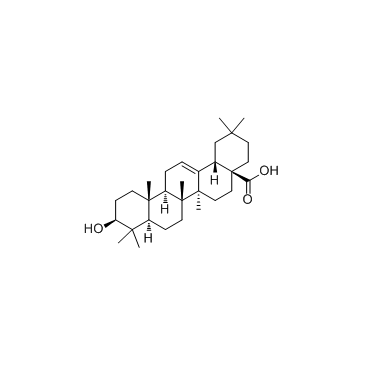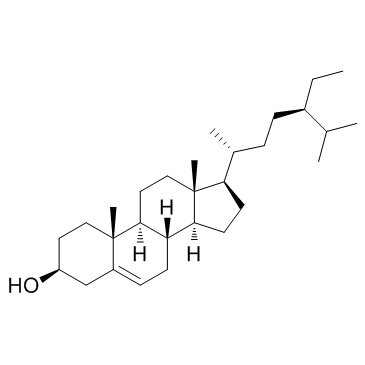| Structure | Name/CAS No. | Articles |
|---|---|---|
 |
Squalene
CAS:111-02-4 |
|
 |
Oleanic acid
CAS:508-02-1 |
|
 |
Beta-Sitosterol
CAS:83-46-5 |